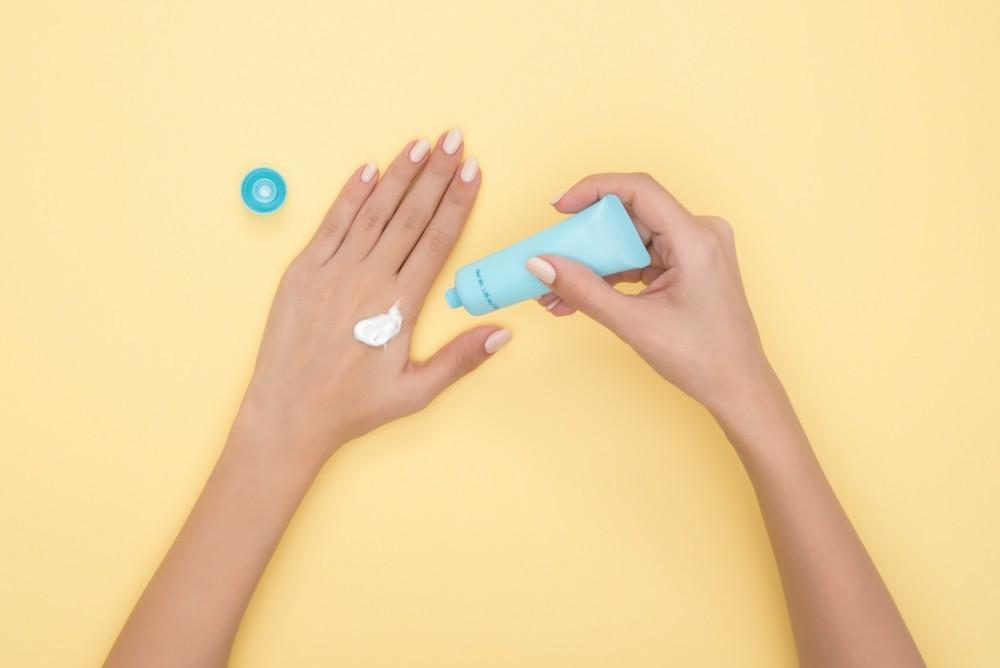
Botulinum toxin injections: What are they and when should you start getting them?

What is botulinum toxin?
Botulinum toxin has been used for cosmetic and therapeutic purposes for several decades. When used for cosmetic purposes, botulinum toxin works by relaxing the muscles. This helps to smooth wrinkles and change the contour of the face. There are several types of botulinum toxin that are FDA-approved for treatment of wrinkles on the face. The most popular botulinum toxins used for cosmetic purposes are Botox, Dysport, Xeomin, and recently, Daxxify. Your dermatologist can help guide you in which formulation of botulinum toxin is right for your desired cosmetic effect.
What happens during a cosmetic consultation for botulinum toxin?
When you arrive for your appointment, you and your dermatologist will discuss which areas you would like to address. Your dermatologist will assess the active and resting wrinkles on your face in addition to the general contour of your face. Based on the area of the face or neck, you may get anywhere from 2-10 injections in each area. You may continue your regular activities after your appointment but should limit exercise for ~4 hours. For the next few days, you may notice bruising at the injection sites. The effects of the botulinum toxin gradually appear over 2 weeks and last anywhere between 3-6 months.
Botulinum toxin FAQs:
“At what age should I start getting botulinum toxin?”
There is no age limit for botulinum toxin! When you start noticing wrinkles on the face even when you aren’t moving your muscles (called resting wrinkles), then you will benefit from botulinum toxin. Getting regular botulinum toxin injections can prevent permanent etching of wrinkles on your face.
“Will I need to keep getting regular botulinum toxins after my first injection?”
Patients often worry that once they start botulinum toxin injection, they will need to continue regular botulinum toxin injections. This is absolutely not the case! Once the botulinum toxin wears off in 3-6 months, your muscles will regain their initial, baseline movement. You do not need to repeat botulinum toxin injection unless you want to.
“I’ve heard about eyelid drooping related to botulinum toxins - will this happen to me?”
Eyelid drooping can occur with botulinum toxins of the glabellar complex (the area between and above the eyebrows). Eyelid drooping is a risk when doing botulinum toxin injections in this area but this risk is very minimal when done by trained, board-certified dermatologists who are experts of the facial anatomy and proper injection technique.
“How much should I expect to pay for botulinum toxin injections?”
Cost depends on how many areas you choose to treat, how strong your muscles are at baseline, and if you want to have no movement versus some subtle movement. Your dermatologist can always work with you to stay within a certain price point.
Have more questions about botulinum toxins or want to schedule your botulinum toxin injection? Call our clinic at 303-431-5280 to schedule with one of our board-certified dermatologists!
You Might Also Enjoy...


Does Cold Weather Affect Your Skin?

Salicylic Acid Peels: The Ideal Peel for Acne and Rosacea-Prone Skin

Glycolic Acid Peels: Everything You Need To Know

Telehealth: The Advantages of Telemedicine


